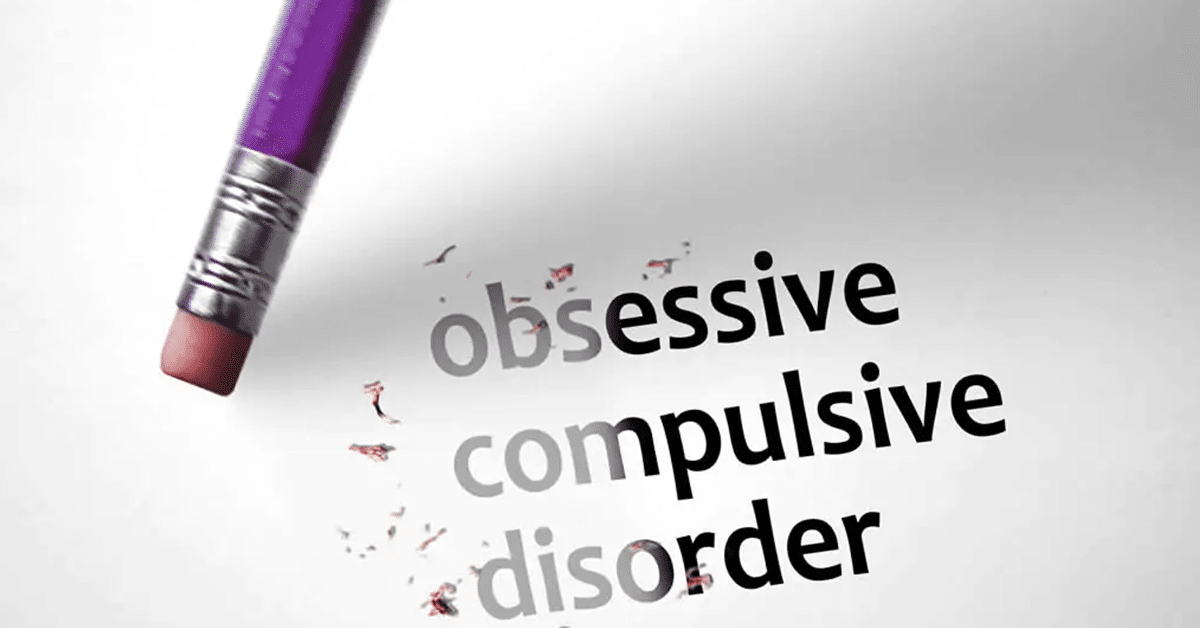When growing your practice as a therapist, you may be tempted to accept any client who comes your way. This is understandable. Particularly during the early stages of growth, many therapists feel they can’t afford to turn away potential clients.
However, being selective and choosing the right clients will yield significant rewards in the long run. If you choose clients you are thoroughly equipped and prepared to help (and who are ready to be helped), your odds of making the right impression on your clients and patients will be much greater. This can help your practice thrive as a result of positive reviews and referrals.
Choosing ideal clients may also benefit you on a personal level. If you are working with clients who are a good fit for you, you might be less prone to stress.
Learning how to differentiate between a client you should take on and one you should refer to another counselor takes time. As you grow as a therapist, you will develop a stronger intuition regarding whether a client is someone you can help.
In the meantime, though, these general suggestions can make selecting clients easier
Identify your area of expertise
This may be a no-brainer to some. Regardless, it’s such an important tip that earns a spot on this list.
Different clients have different needs. Some clients are struggling to overcome trauma. Others are dealing with substance abuse issues. One potential client might need assistance coping with work stress, while another might be looking for a counselor who can help them address relationship troubles.
There is no such thing as a counselor or therapist who can assist every single person in the world seeking therapy. When a new client comes to you, make a point of learning why they are trying to find a therapist in the first place. If you learn they need assistance with the types of issues you don’t normally address, both of you may be better off if you help them find a different counselor.
As a therapist, you might also know that some of your peers take advantage of platforms like Psychology Today by falsely representing themselves as experts in dozens of areas. Don’t make this mistake. If you lie or exaggerate about your areas of expertise, you will only be hurting yourself and your clients in the long run.
Reflect on past experience
Pay attention to how you feel immediately before, during, and after sessions with your clients. You may even want to keep a journal to help you track the way different clients trigger different thoughts and emotions. This should be a separate journal from the one you may use when taking notes during a session with a particular client.
You might find that you look forward to sessions with certain clients while dreading sessions with others. Or, perhaps you’ll discover that there are some clients you feel like you’ve genuinely helped, and others who you suspect did not fully benefit from your services.
Try to identify any common qualities among the clients and patients you have a positive experience working with. Keep an eye out for these qualities when evaluating potential new clients.
Be honest online
As a therapist, your online presence can play a major role in helping you attract clients. Thus, when describing your practice online, you might prioritize doing so in a way that appeals to as many potential clients as possible.
Although you don’t want to scare away any clients with whom you could theoretically have a good working relationship, it’s also wise to ensure that you are being completely honest about your approach to therapy in descriptions of your practice. Explaining your approach in clear and realistic terms can help you attract quality clients who believe you might be the best therapist for them.
For example, perhaps you take a no-nonsense approach to therapy, pushing and challenging clients in an effort to help them actively overcome their difficulties. Address this in online descriptions of your practice. Clients who respond to that type of “drill instructor” energy will be more likely to get in touch with you, while those who prefer a gentler approach will know they should probably look elsewhere for a therapist.
Consider factors such as age, background, etc.
You certainly don’t want to discriminate against any potential clients by rejecting them due to their age, life experiences, or other such factors. That said, many clients and therapists often find it easier to openly communicate with individuals who they may consider to be their peers based on shared lifestyles and backgrounds.
Keep this in mind when deciding whether to take on a new client. Someone may be a good fit for your practice if your shared life experiences allow you to comfortably get along and communicate.
Again, don’t be discouraged if it takes you some time to learn how to distinguish a client you should take on from one who would benefit more from working with a different therapist. If you consistently apply these tips and reflect on your experiences, over time, you will develop the ability to identify the right clients with relative ease. This will benefit both your practice and your patients.
Keep Reading
Want more? Here are some other blog posts you might be interested in.








